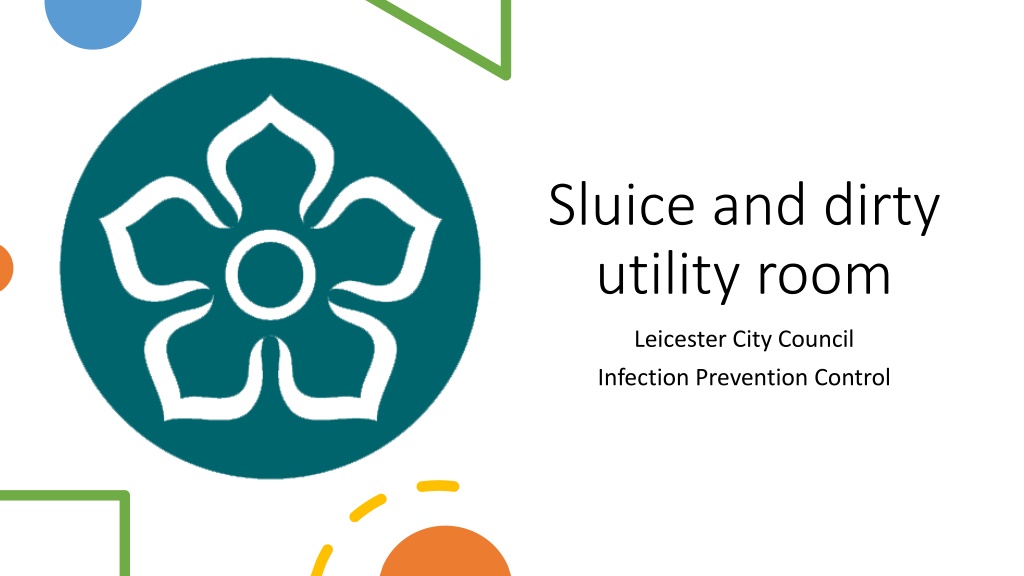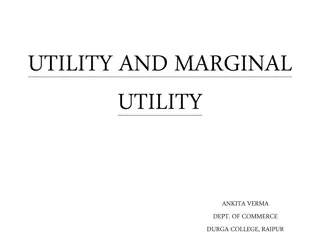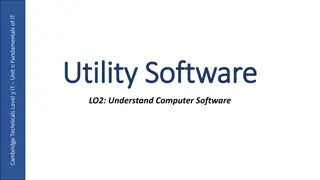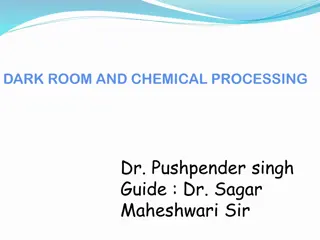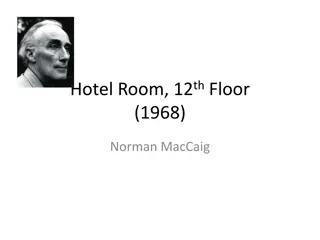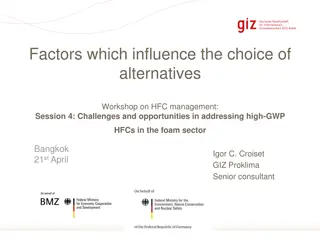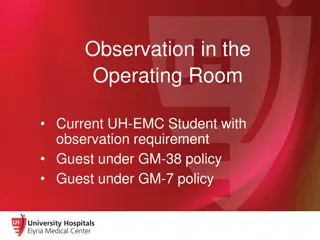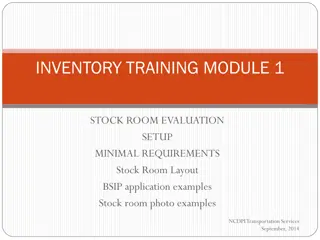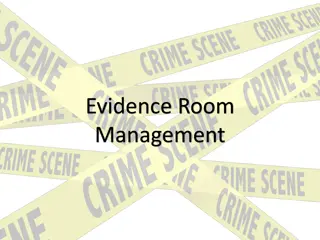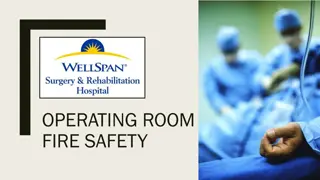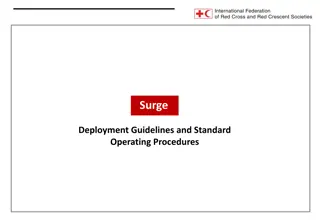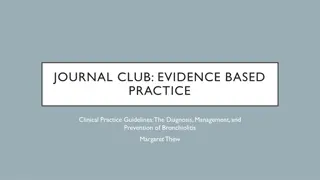Essential Guidelines for Sluice and Utility Room Management
Sluices and dirty utility rooms play a crucial role in managing bodily fluids to prevent the spread of infectious diseases. Proper cleaning, disinfection, and maintenance are vital for effective use. This article provides detailed instructions on setting up and maintaining these facilities, including handwashing protocols, cleaning schedules, disinfection methods, storage practices, and essential questions to ask for compliance.
Download Presentation

Please find below an Image/Link to download the presentation.
The content on the website is provided AS IS for your information and personal use only. It may not be sold, licensed, or shared on other websites without obtaining consent from the author. Download presentation by click this link. If you encounter any issues during the download, it is possible that the publisher has removed the file from their server.
E N D
Presentation Transcript
Sluice and dirty utility room Leicester City Council Infection Prevention Control
Sluices and dirty utility rooms are essential for disposal and management of faeces, urine, vomit, blood and other bodily fluids. Key messages Using them correctly can help to reduce the spread of infectious disease.
Make sure that there are handwashing facilities available within the room and that there is a pedal bin and paper towels available. Ensure that the floor is clean and in good condition. How to arrange sluice rooms Keep a cleaning schedule for a weekly deep clean of commodes. Store bedpans above the floor and inverted.
Clean surfaces daily with detergent and water, rinse and dry. Cleaning sluice rooms Sluice and dirty utility rooms should be disinfected periodically using 1000ppm available chlorine or a chlorine dioxide solution to limit the accumulation of C diff. spores.
Questions to ask Is there a dedicated sluice or dirty utility room available? (for disposal and management of faeces, urine, vomit, blood and other bodily fluids) Are there separate hand washing facilities available (including wall- mounted liquid soap and paper towels)? Is there a designated sink for decontamination of resident equipment? Is there a sluice-hopper? Is the floor impervious, sealed with coved edges and in a good state of repair? Are bed pans, commode buckets, and urinals stored inverted on racks above floor level? Is the floor clean, free from spillages, dust and grit? Are commodes and commode frames in a good state of repair? Is there a washer disinfector or macerator available? If so, is the equipment clean and in working order to ensure correct disposal or disinfection of bed pans, urinals and commode buckets? Are detergent and hypochlorite based cleaning products available for decontamination of blood or body fluids? Are commodes subject to a weekly, documented, thorough clean and inspection programme?
Resources How to Stay Compliant with Sluice Room Legislation (ddcdolphin.com) How to Stay Compliant with Sluice Room Legislation (ddcdolphin.com) Cleaning disinfection | PHA Infection Control (niinfectioncontrolmanual.net) Cleaning & disinfection | PHA Infection Control (niinfectioncontrolmanual.net) Health Building Note 00-09: Infection control in the built environment (england.nhs.uk) Health Building Note 00-09: Infection control in the built environment (england.nhs.uk) NHS England (HTM 07-01) Management and disposal of healthcare waste NHS England (HTM 07-01) Management and disposal of healthcare waste
